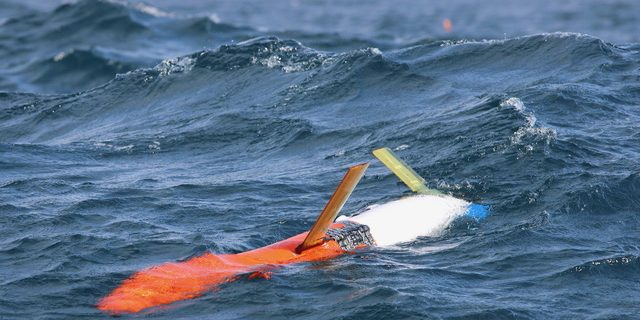
Other Funded Projects
Establishing a glider-based biogeochemical observing network for the Gulf Stream
Abstract: A central challenge for the envisioned Ocean Vital Signs Network (OVSN) will be to capture the Gulf Stream’s impact on physical and biogeochemical budgets in the northwest Atlantic. Doing
so will require measurements with high spatial resolution to capture sharp gradients, broad spatial coverage of the Gulf Stream and its associated eddies and meanders, and long-term persistence to address episodic to decadal time scales. This project will outfit a fleet of next-generation autonomous underwater gliders to collect physical and biogeochemical measurements and will demonstrate the effectiveness of a network of gliders for constraining budgets of carbon and nutrients in and near the Gulf Stream. Leveraging substantial existing federal support to procure five Spray2 gliders and various sensors, this project will add nitrate sensors to the fleet, enabling measurements of physical (temperature, salinity, currents) and biogeochemical (pH, nitrate, oxygen) parameters. The fleet of gliders will then complete at least six 100-day-long surveys of the Gulf Stream between Miami, FL and Cape Cod, spanning at least one annual cycle. These observations will be used to develop initial constraints on budgets of nutrients and carbon system components, which will serve as benchmarks for future OVSN studies. Successful in-water demonstration of a glider-based biogeochemical observing network for the Gulf Stream in this project will be further leveraged to obtain external support that will sustain a key component of a fully realized OVSN.